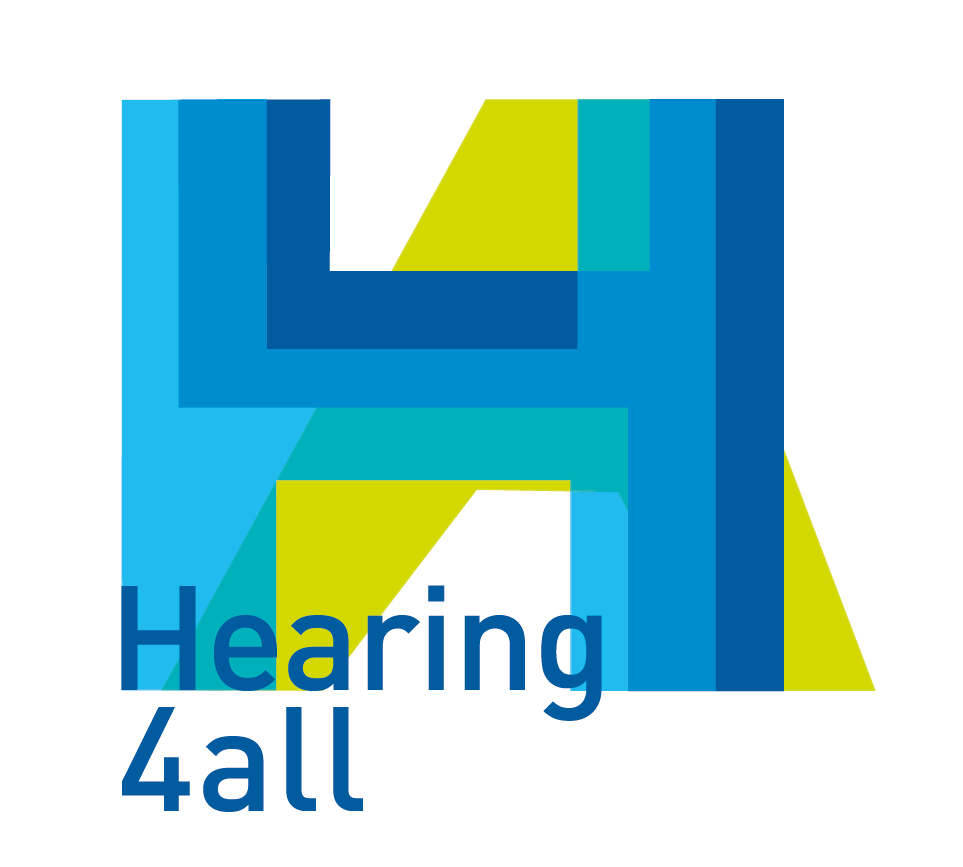Speech performance versus speech perception: Comparison of two different speech-in-noise tests using different microphone settings in cochlea implants
Objectives:
The Oldenburg Sentence test (OLSA) is a speech-in-noise test primarily to measure the speech understanding threshold at which 50% of speech can be understood (SRT50). Speech understanding with both hearing aids (HA) and cochlea implants (CI), respectively, often reaches negative signal-to-noise ratios (SNR) using the OLSA. Unfortunately the OLSA is not very useful any more for negative SNRs to show speech benefits of new algorithms in fields of hearing research, e.g. noise reduction. Therefor different test methods and test modifications have been implemented in the past to push the SNR of the OLSA towards a positive range.
Methods:
Two different speech-in-noise tests were used for this study: on the one hand the OLSA to evaluate speech performance, on the other hand a just following conversation test, the Just Understanding Speech Test (JUST) to evaluate speech perception. For both speech tests the results of 20 postlingual deafened cochlea implant (CI) users are shown. All of them used the audio processor named SONNET of MED-EL. They had to achieve a minimum score of 15% in the HSM sentence test in noise at their last clinical appointment to be able to participate in the study. Measurements of the OLSA and the JUST have been conducted in a sound treated room using a multi-loudspeaker array (0°, ±70°, ±135°, 180°). Three different microphone settings (natural beamformer, adaptive beamformer and omnidirectional microphone) were used for the tests.
Results
SNR results of the JUST (SRTjust) show a clear displacement to the positive direction compared to the measured SRT50 of the OLSA for all microphone settings. Furthermore the results show significant benefits for both the natural and the adaptive beamformer, respectively, compared to the omnidirectional setting.
Conclusion
First: Althoug the JUST is a speech test based on speech perception it seems to be an adequate method to evaluate speech intelligibility in noise in addition to the well-established OLSA. Second: Based on the fact of beamforming effects in general, improved speech understanding in noise will be expected for CI users using the new audio processor.
Key words:
cochlea implant, beamforming, signal processing, audio processor, speech-in-noise test, SRT
Warning: Use of undefined constant s - assumed 's' (this will throw an Error in a future version of PHP) in /home/spinnluxnr/www/2017/pages/programme.php on line 208


